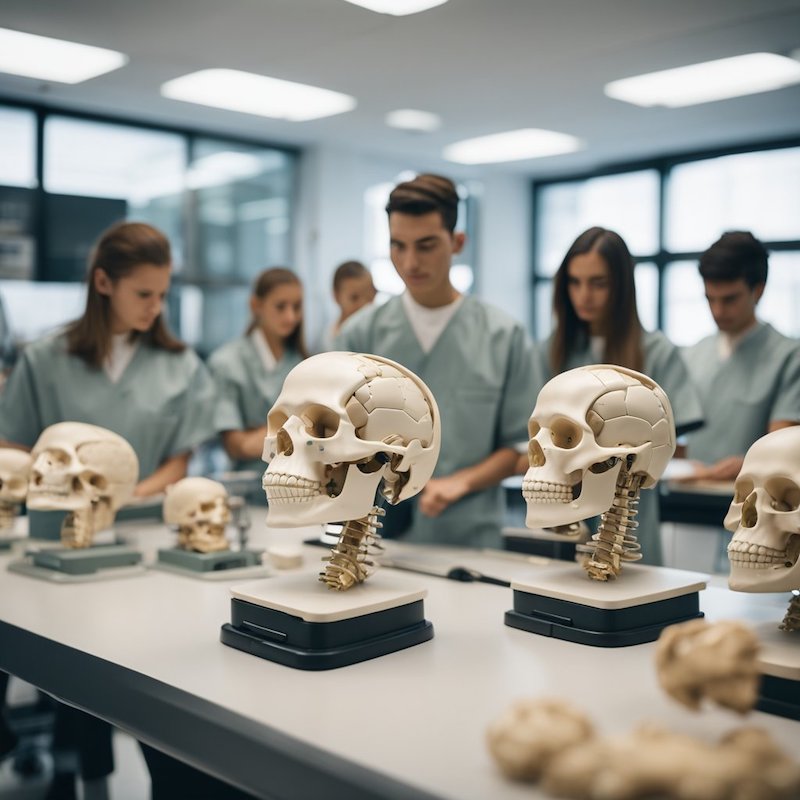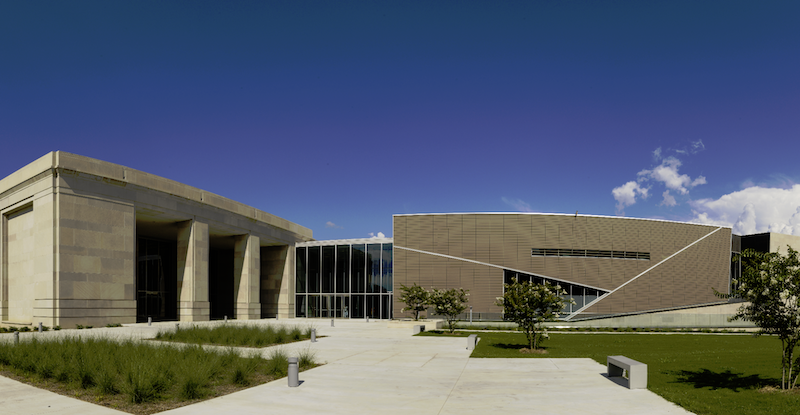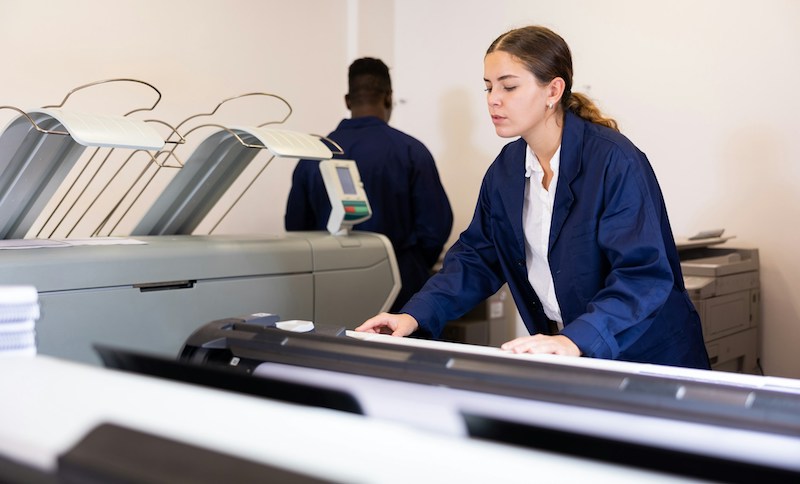Branded Content by Cosmic Press
The field of aesthetic medicine is rapidly evolving, blending the art and science of enhancing physical appearance. As more medical professionals seek to specialize in this dynamic field, transitioning from classroom learning to hands-on clinical practice becomes a critical journey. This transition is not merely about acquiring skills; it involves mastering the subtleties of patient care, developing a keen aesthetic eye, and staying updated with the latest advancements. This blog post explores the essential steps and considerations for successfully moving from theoretical knowledge to practical expertise in aesthetic medicine.
The Importance of Comprehensive Aesthetics Training
Aesthetics training is the cornerstone of a successful career in aesthetic medicine. It provides the foundational knowledge necessary to understand complex procedures and the underlying principles of beauty and symmetry. Comprehensive training programs typically cover a wide range of topics, including facial anatomy, skin physiology, and the various techniques used in non-surgical treatments like Botox, fillers, and laser therapies.
However, the true value of aesthetics training lies in its ability to bridge the gap between theory and practice. In the classroom, students learn about the mechanisms and effects of different treatments. They study case studies and engage in simulated scenarios. But the real test of their knowledge and skills comes when they step into the clinic and begin working with actual patients.
Hands-On Experience: The Crucial Next Step
While classroom education is essential, hands-on experience is irreplaceable. Clinical practice allows new practitioners to apply their knowledge in real-world settings, where variables can differ significantly from textbook cases. During this phase, budding aesthetic physicians learn to navigate patient expectations, manage complications, and fine-tune their techniques.
Supervised clinical rotations are an invaluable part of this process. Under the guidance of experienced mentors, trainees perform procedures on live patients, gaining confidence and competence. This mentorship is crucial, as it provides immediate feedback and helps refine the practitioner’s skills.
Developing an Aesthetic Eye
One of the unique aspects of aesthetic medicine is the need for an artistic perspective. Beyond technical proficiency, practitioners must develop an aesthetic eye to achieve natural and harmonious results. This skill is honed over time, with exposure to various patient needs and aesthetic goals.
Observation and practice play significant roles here. By observing seasoned practitioners and engaging in hands-on practice, new aesthetic doctors learn to appreciate the nuances of facial proportions, skin textures, and symmetry. Continuous learning and staying updated with industry trends and innovations are also vital in maintaining a high standard of practice.
Building Patient Relationships
Transitioning from theory to practice in aesthetic medicine also involves building strong patient relationships. Effective communication, empathy, and understanding patient expectations are key components of successful treatments. During training, students learn the technical aspects of procedures, but real-world practice teaches them the importance of patient trust and rapport.
Clear and honest communication about treatment possibilities, outcomes, and potential risks helps build this trust. Moreover, managing patient expectations and delivering satisfactory results enhance the practitioner’s reputation and patient loyalty.
Conclusion
The journey from classroom to clinic in aesthetic medicine is both challenging and rewarding. Comprehensive aesthetics training lays the foundation, but real-world experience, artistic development, and strong patient relationships are what truly define a successful practitioner. By embracing these elements, aspiring aesthetic physicians can transition smoothly from theory to practice, ultimately achieving excellence in their field. As the demand for aesthetic treatments continues to rise, well-trained and skilled practitioners will be at the forefront of delivering safe, effective, and aesthetically pleasing outcomes.
Branded content furnished by our promotional partners. The Daily Sundial editorial staff is not involved in its production. Content does not reflect the views or opinions of the editorial staff.








